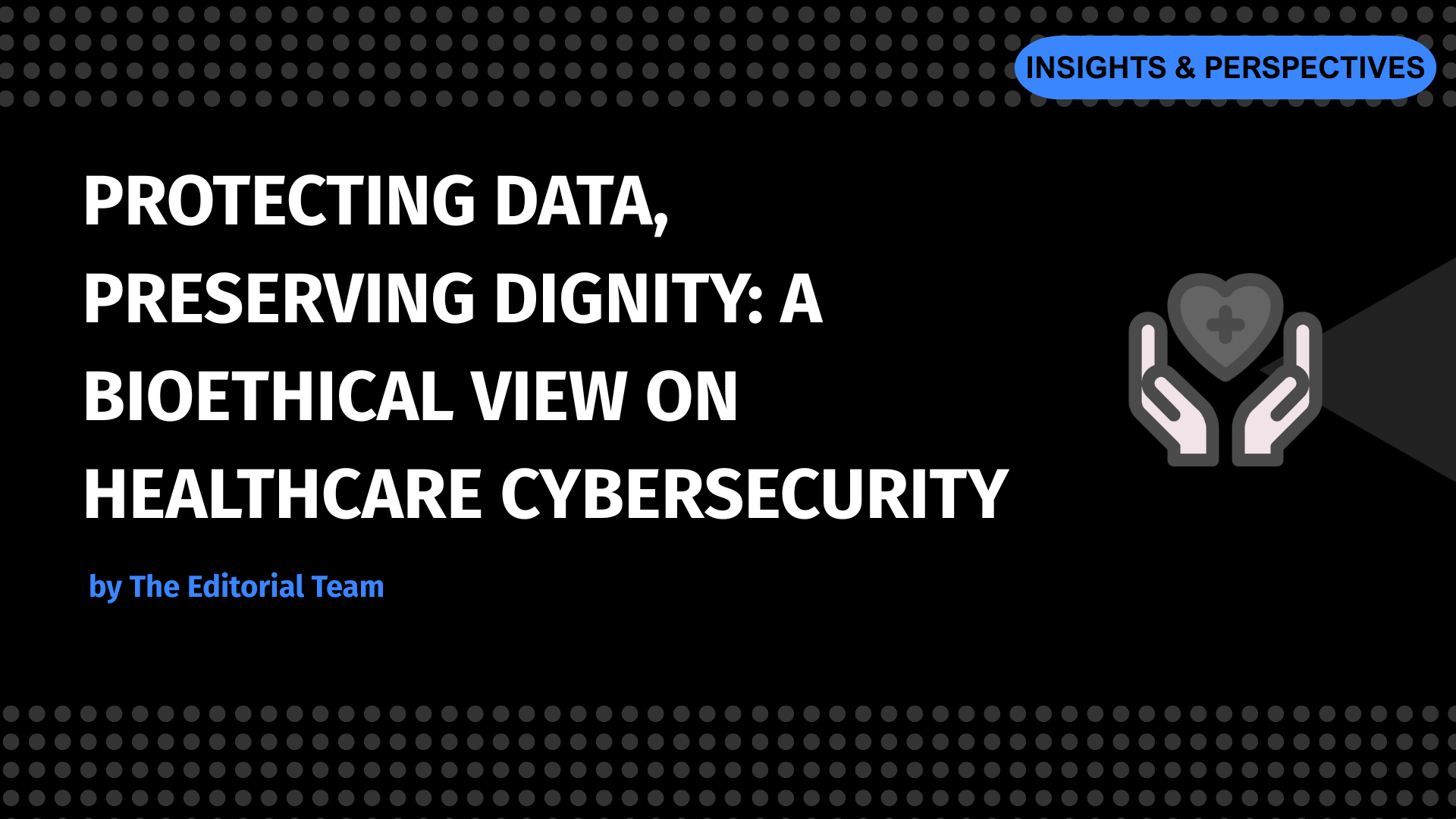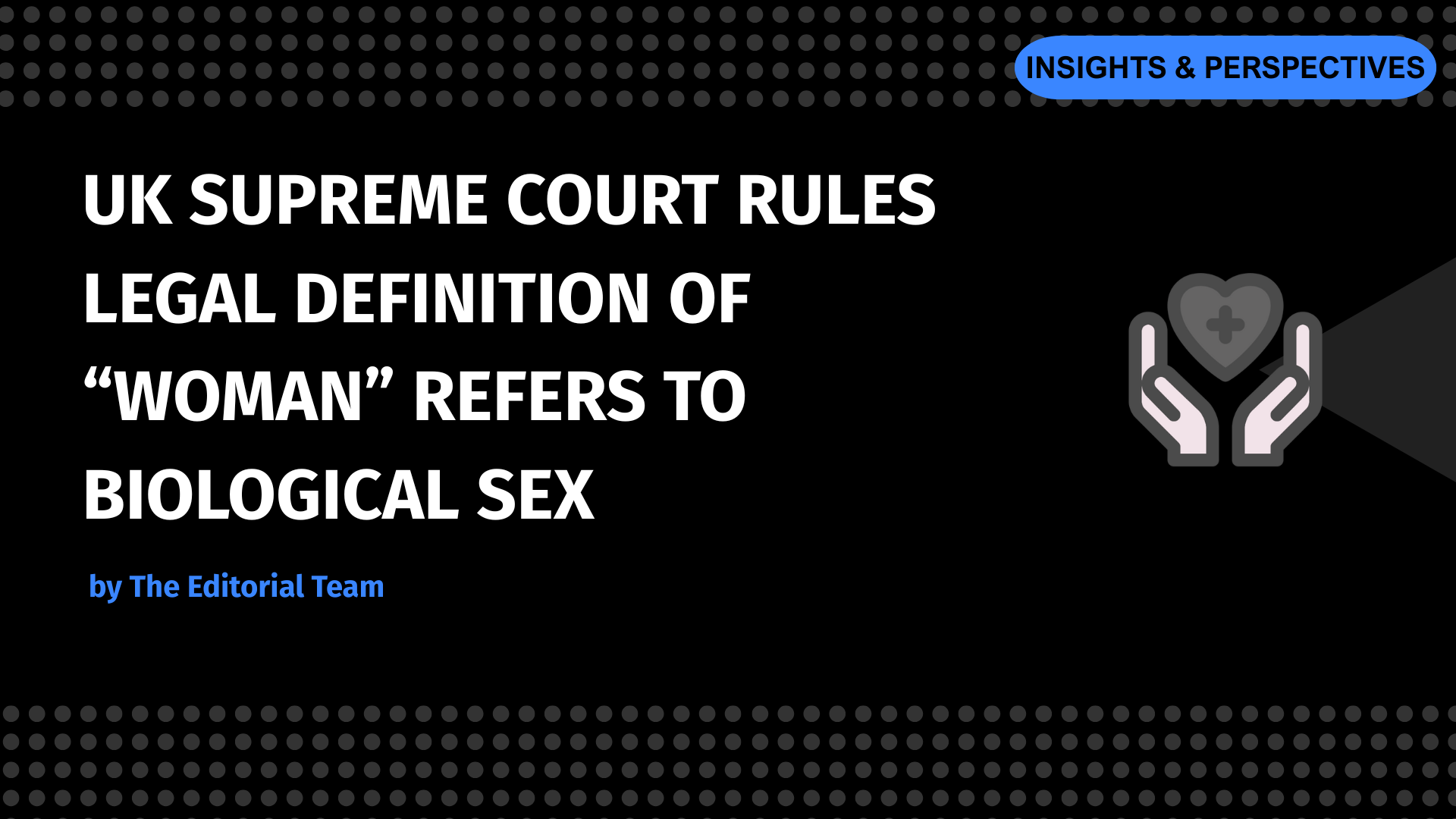
In the shadows of America’s bustling healthcare system, one federal giant quietly shapes your medical safety net. The Department of Health and Human Services (HHS) – with its $1.6 trillion budget and 11 sub-agencies – touches everything from your child’s vaccines to your parent’s Medicare coverage. Yet most Americans couldn’t pick this healthcare guardian out of a lineup of government acronyms.
Now at a historic crossroads, the HHS faces its most dramatic transformation in decades. The agency that brought you Obamacare expansions and pandemic responses is quietly undergoing staff reductions, program consolidations, and controversial policy shifts that could redefine American healthcare access. As political winds change, understanding this bureaucratic powerhouse becomes not just interesting – but essential for every health-conscious citizen.
Origins and Historical Foundations: The Birth of America’s Healthcare Giant
The federal government first recognized its critical role in protecting public health in the early 20th century, planting the seeds for what would become today’s HHS. In these early days, the Department of the Interior and various scattered agencies handled responsibilities we now associate with this powerful institution — a clear sign of America’s fragmented approach to healthcare at the time.
Everything changed in 1953 when President Dwight D. Eisenhower made a visionary move. He established the Department of Health, Education, and Welfare (HEW), merging critical federal programs under one roof for the first time. This groundbreaking consolidation acknowledged what we now take for granted: that health, education, and social support form interconnected pillars of national wellbeing.
The agency underwent its final transformation in 1979 when Congress decided to split HEW into two specialized departments. While education policy moved to its own cabinet-level department, the remaining health and welfare programs evolved into the modern HHS we know today. This strategic separation allowed HHS to sharpen its focus on protecting Americans’ health, particularly for society’s most vulnerable members.
Mission and Responsibilities
The mission of the HHS is both clear and ambitious: to improve the health and well-being of every American. This means they’re involved in a variety of activities, from overseeing public insurance programs like Medicare and Medicaid to regulating medications, supporting medical research, and spearheading national efforts during pandemics. Instead of functioning as a single, centralized organization, the HHS operates through a network of specialized agencies and offices, each with its own unique role in helping to achieve the department’s mission:
- Centers for Medicare & Medicaid Services (CMS): This agency manages two of the largest public health insurance programs in the nation—Medicare, which provides coverage for those aged 65 and older and individuals with specific disabilities, and Medicaid, which assists low-income families and individuals. Together, they serve over 150 million Americans.
- Food and Drug Administration (FDA): The FDA is in charge of ensuring the safety and effectiveness of food, drugs, vaccines, medical devices, and cosmetics. Its decisions impact nearly every household in the U.S., helping to shield the public from unsafe or fraudulent products.
- Centers for Disease Control and Prevention (CDC): The CDC spearheads the nation’s efforts to monitor and respond to infectious diseases, chronic conditions, and health emergencies. It plays a crucial role in investigating outbreaks, educating the public about health, and implementing preventive measures.
- National Institutes of Health (NIH): As the main biomedical research agency of the federal government, the NIH funds and conducts pioneering medical research, often paving the way for therapies that become standard practice around the globe.
- Administration for Children and Families (ACF): This agency is dedicated to enhancing the economic and social well-being of families, children, individuals, and communities. It oversees programs related to child welfare, adoption, and services for refugees and victims of human trafficking.
- Substance Abuse and Mental Health Services Administration (SAMHSA): SAMHSA leads the federal initiative to enhance mental health services and tackle substance use disorders, with the goal of alleviating the impact of these issues across the country.
- Health Resources and Services Administration (HRSA): HRSA focuses on improving healthcare access for individuals who are geographically isolated, economically disadvantaged, or medically underserved.
Each of these agencies has distinct functions, but all are connected by a shared goal: promoting health, protecting life, and serving populations in need.
Organizational Structure and Budget
The HHS, or the Department of Health and Human Services, is a key cabinet-level department led by the Secretary of Health and Human Services. This position is appointed by the President and must be confirmed by the Senate. Beneath the Secretary, a Deputy Secretary and a number of Assistant Secretaries manage various specific areas within the department’s extensive operations.
With a budget that has topped $1.7 trillion in recent years, the HHS stands as one of the largest departments in the federal government. A large chunk of this budget goes towards mandatory spending for programs like Medicare and Medicaid, while the rest funds a range of discretionary initiatives in public health, medical research, and social services.
The department boasts a workforce of over 80,000 individuals spread across the nation, with offices in every state and many territories. Its influence also reaches beyond U.S. borders, especially through the CDC and NIH, which frequently partner with international health organizations.
Current Priorities and Public Impact
In the 21st century, the HHS has been navigating a complicated and constantly changing landscape of public health challenges. From tackling the opioid crisis to addressing the increasing rates of chronic illnesses, and from managing the COVID-19 pandemic to confronting disparities in healthcare access, the department’s role has never been more vital—or more under the microscope. Here are some of its key priorities:
- Public Health Preparedness: The HHS is at the forefront of preparing for and responding to public health emergencies, including pandemics, natural disasters, and bioterrorism threats. The COVID-19 pandemic really put the department’s capabilities to the test, leading to important reforms in how they coordinate and communicate.
- Healthcare Equity: Addressing the gaps in health outcomes across different racial, geographic, and socioeconomic groups has become a top priority. Various agencies within the HHS are working hard to expand access to care, enhance language services, and support community health initiatives.
- Mental Health and Substance Use: The department has ramped up its investment in behavioral health services, making strides to integrate mental health into primary care and broaden access to treatment for substance use disorders, especially in rural and underserved areas.
- Innovation and Research: Through the NIH and other agencies, the HHS is committed to advancing medical research in critical areas like cancer, Alzheimer’s disease, rare diseases, and gene therapies. They also back the development and testing of new medical technologies and treatments.
- Children and Families: The HHS continues to oversee child welfare services, support early childhood education programs like Head Start, and ensure the protection and care of unaccompanied minors and refugees.
Explore more:
Check out our related coverage on Supreme Court debates about gender and law ➤ https://ethiranews.com/uk-supreme-court-woman-definition/
Challenges and Future Directions
Despite playing such a crucial role, the HHS is grappling with a number of ongoing challenges. Some of these issues are deeply rooted in the complexities of the U.S. healthcare system, while others stem from shifting demographics, political divides, and rapid technological changes.
- Administrative Complexity: With a multitude of agencies and overlapping responsibilities, coordinating efforts within the HHS can be quite a challenge. Although there are ongoing initiatives to modernize systems, enhance data sharing, and boost efficiency, the sheer size of the department brings its own set of hurdles.
- Funding Stability: Even though the department has a substantial budget, it’s often subject to political negotiations. This uncertainty in funding for public health programs can jeopardize preparedness and hinder long-term planning.
- Workforce Strain: The public health workforce has been under tremendous strain, particularly in the wake of the COVID-19 pandemic. Finding, training, and keeping qualified professionals is a significant concern that needs urgent attention.
- Public Trust: In an era filled with misinformation and skepticism, the HHS has to work hard to maintain its credibility. Clear communication, transparency, and accountability are vital to ensuring ongoing public cooperation and trust.
- Technology and Data Privacy: As digital health continues to grow, the HHS faces the challenge of balancing innovation with the need for privacy and security. Safeguarding patient data while facilitating life-saving technological advancements is becoming an increasingly important focus.
The Department of Health and Human Services isn’t just another federal agency; it’s a cornerstone of the American public health system. Whether it’s making sure people have access to medical care, funding crucial research, tackling epidemics, or lending a hand to children and families, the HHS is right at the crossroads of science, policy, and compassion.
Grasping its mission, structure, and activities is vital not just for those in healthcare and law, but for anyone curious about how public health is managed in the U.S. As health issues shift and social needs evolve, the HHS continues to be a key player in shaping the future of our nation’s health.
Support Ethira News ➤ If you found this guide helpful, please consider sustaining us with a donation: https://ethiranews.com/support-health-projects/
Sources
- TechTarget – What is the Department of Health and Human Services (HHS)? https://www.techtarget.com/searchhealthit/definition/Health-and-Human-ServicesHHS?
- U.S. Department of Health and Human Services (HHS): Definition https://www.investopedia.com/terms/u/us-department-health-and-human-services-hhs.asp?
- ClarifyHealth – Department overview and responsibilities https://clarifyhealth.com/insights/healthcare-acronyms/hhs/?
- HHS.gov – About HHS mission https://www.hhs.gov/about/index.html?


